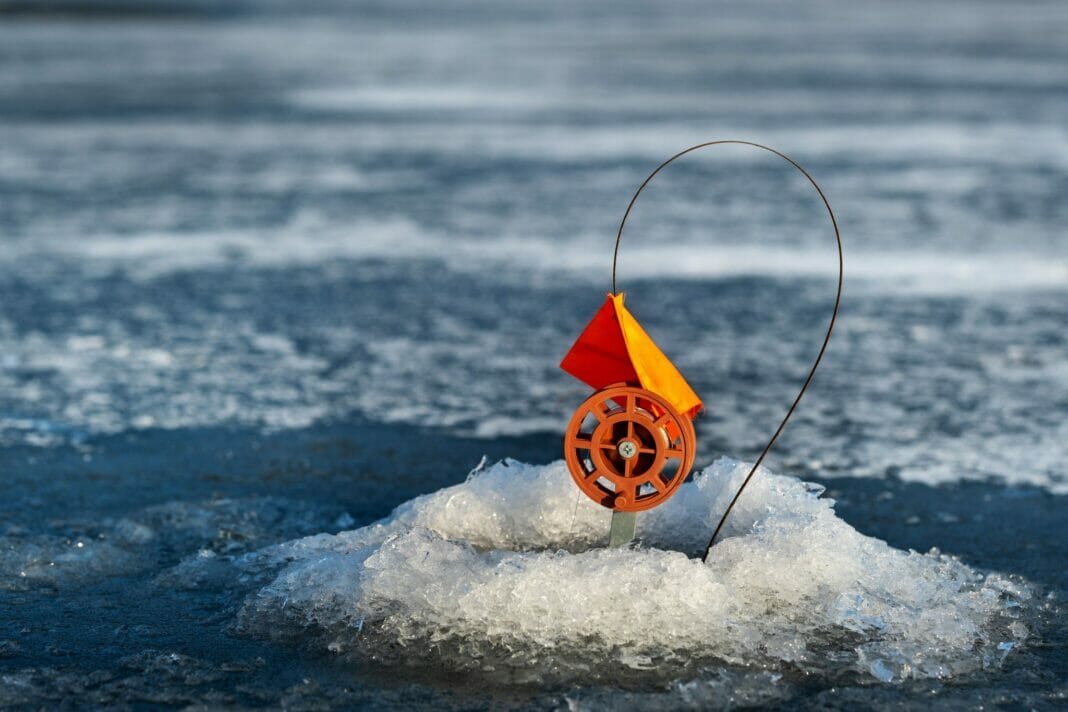Ice fishing is a popular winter activity that allows anglers to enjoy their favorite pastime while embracing the cold weather. For many, it’s a way to beat cabin fever and spend time outdoors during the snowy months. Whether you are an experienced angler or new to the sport, ice fishing provides a unique experience that requires its own set of skills and knowledge. In this guide, we will cover the basics of ice fishing and offer tips to help you get started and make the most of your time on the ice.
Safety First: Ice Thickness and Precautions
Before you venture out on the ice, it’s important to ensure that the ice is thick enough to support your weight and your gear. As a general rule, the ice should be at least four inches thick for walking or ice fishing. Thicker ice is required for larger groups or vehicles.
- 4 inches: Safe for individuals to fish and walk on
- 5-6 inches: Safe for groups of people or snowmobiles
- 8-12 inches: Safe for light trucks or small cars
- 12-15 inches: Safe for medium-sized trucks
Always use caution and check the ice thickness as you move to different areas. Avoid areas with flowing water or cracks, as these can compromise the ice’s stability. Additionally, make sure to have safety gear on hand, such as ice picks, a life jacket, and a rope for potential rescues.
Ice Fishing Gear and Equipment
Before you hit the ice, make sure you have the proper gear and equipment. Some basics include:
- Ice fishing rod and reel: Choose a rod and reel specifically designed for ice fishing. These are often shorter and lighter than open water fishing rods.
- Ice auger: This is a critical tool for drilling holes through the ice. Manual augers are more affordable and easier to transport, while power augers are more efficient.
- Ice scoops: Used to keep the ice hole clear of slush when fishing.
- Tip-ups: These devices are used as an alternative to a traditional ice fishing rod. They hang over your ice hole and will signal when a fish is biting.
- Insulated ice fishing shelter: This can be optional, but an ice fishing shelter keeps you warm and protected from the elements.
- Warm clothing and proper footwear: Dress in layers and invest in high-quality waterproof boots.
Choosing Your Ice Fishing Location
Selecting the right location for ice fishing is crucial for success. Research local lakes and ponds near you that may potentially have good fish populations. Some methods for locating ideal ice fishing spots include:
- Consulting local fishing reports: These can provide insights on the best ice fishing lakes, the species available, and even the best bait to use.
- Asking local anglers: Reach out to fellow fishermen in your area for ice fishing recommendations.
- Reviewing lake maps and surveys: Identify structure or contour changes within the lake, such as points, drop-offs, and vegetation beds, which may attract fish during the winter months.
Ice Fishing Techniques
When it comes time to drop your line in the water, there are a few techniques you can use to increase your chances of success:
- Jigging: A classic ice fishing technique that involves raising and lowering your bait or lure, imitating the movements of a wounded or struggling prey to entice fish.
- Dead sticking: Allow your bait to sit motionless in the water, requiring less effort on your part but still attracting naturally curious fish.
- Tip-up fishing: As mentioned earlier, tip-ups are devices that hold your line and signal when a fish bites. This allows you to check multiple lines and increase your chances of catching fish.
Know Your Fish Species and Appropriate Bait
Understanding the fish species in your chosen ice fishing location and their habits will help you determine the most effective bait and fishing techniques. Common species targeted during ice fishing include:
- Panfish: Bluegill, crappie, and perch
- Walleye and sauger
- Pike and muskellunge
- Trout: Lake trout, brook trout, and rainbow trout
Consult local fishing reports or fellow anglers to learn about successful bait options for different species.
Final Thoughts
Ice fishing may seem intimidating to beginners, but with the right knowledge, equipment, and techniques, you’ll be well on your way to enjoying this popular winter pastime. Remember to prioritize safety, dress warmly, and be patient as you hone your ice fishing skills. With time and practice, you’ll find ice fishing a rewarding and enjoyable way to spend your winter months outdoors.


